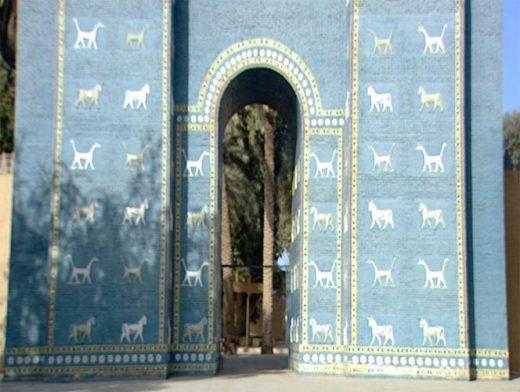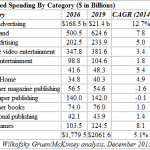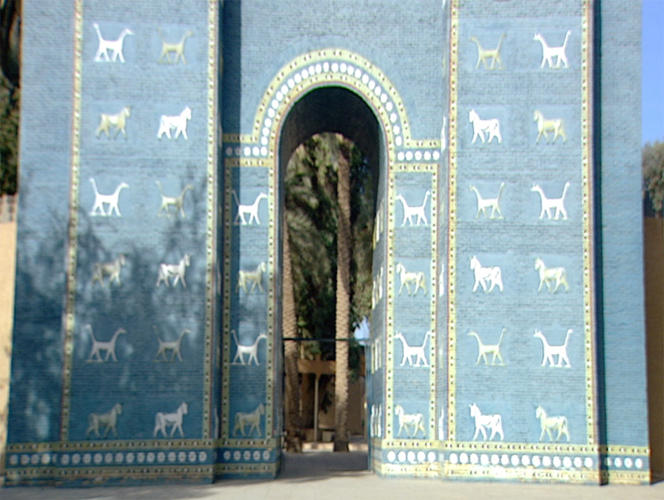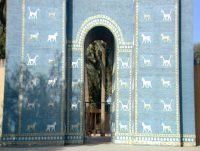Meet The Two Female Filmmakers Who Want To Change How You Perceive The Middle East
Now more than ever, we need to better understand life in the Middle East. In the news, images of horror and desperation predominate: black flags, bombed-out buildings, shell-shocked refugees. But in the background and often out of view, there are reminders of hope—in art, in history, in the daily beauty of gathering over meals with friends and family.
Najat Rizk seeks out these expressions of the life less documented. Based in Beirut, she is a film producer who works in the midst of constant tension. “The region is completely in the shadow of the political news,” she says, calling from Cyprus, where she traveled for a friend’s bachelorette party. “No one is speaking about the architecture, the lifestyle, the differences between one country and the other, one tribe and the other.”
Rizk is the CEO of Firehorse Films, a production company she cofounded with documentary director Mouna Mounayer. Together, the two women have been capturing the Middle East on film for nearly two decades, and in the process, they’ve developed a massive catalog that includes footage of sites that have been destroyed, such as the Temple of Bel in Palmyra, Syria.
“Half of Palmyra does not exist anymore because it was blown away by ISIS,” Rizk says. “It’s sad, it’s really sad. When you’re filming, you connect with the people on the ground. You live with them, you eat with them, you’re part of the family. They open their arms and embrace you. Whenever we hear about something [tragic happening], we think about the people.”
And now, it’s easy to access Firehorse’s archive. This past April, 45,000 Firehorse clips debuted on Shutterstock, a New York technology company that provides access to stock photographs, videos, and music.
“The strategy all along has been to get as much high-quality content as we can get from all around the world,” says Shutterstock’s director of footage, Derick Rhodes. “When we see footage that feels authentic, we get excited.”
Finding that authenticity can be challenging when it comes to regions like Asia, Africa, and the Middle East. Which is part of what makes Firehorse so important. “It’s a gem of a collection,” Rhodes says, adding that the creative quality sets the company apart. “They produce a lot with camera movements—steady cam, glide cam. It requires a pretty savvy, higher-end production process.”
Firehorse’s content is all the more impressive in the context of pervasive gender discrimination in some countries where Rizk and Mounayer have chosen to work. While filming a documentary in Iraq about the ancient Sumers, who were cultural predecessors of the Egyptian pharaohs, men often refused to speak to Rizk. “Standing right next to me and refused to take any information from me,” she says. “It’s hilarious and scary at the same time!”
Nonetheless, the project became one of her favorites, as it allowed her to visit tribal areas where ancient customs were still in place: One community she filmed has been famous for its reed boats for centuries. “Some of the traditions go back 2,000 years,” she says. “That’s the beauty of a documentary: You are able to capture the present life, even if it’s historical.”
Going forward, Rizk has a long and ambitious to-do list. She is fascinated by the strides that women are making in Saudi Arabia, concerned about often-ignored North African countries such as Algeria and Tunisia, and determined to return to Iraq.
She’s not blind to the dangers facing her home region, but welcomes the challenges they present. “If you don’t evolve, as a creative person, you’re dead.”
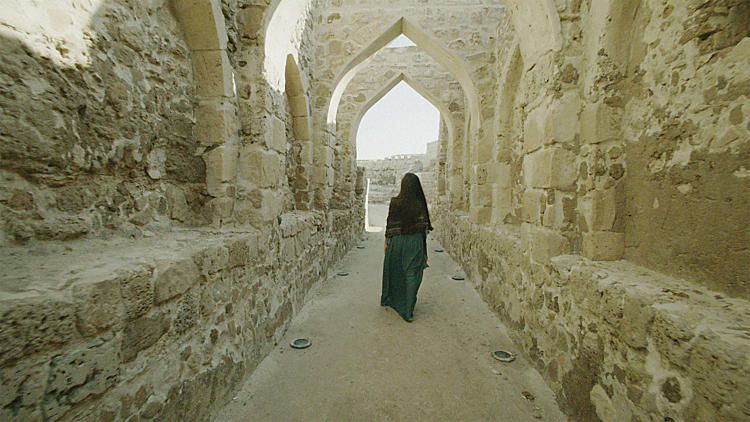




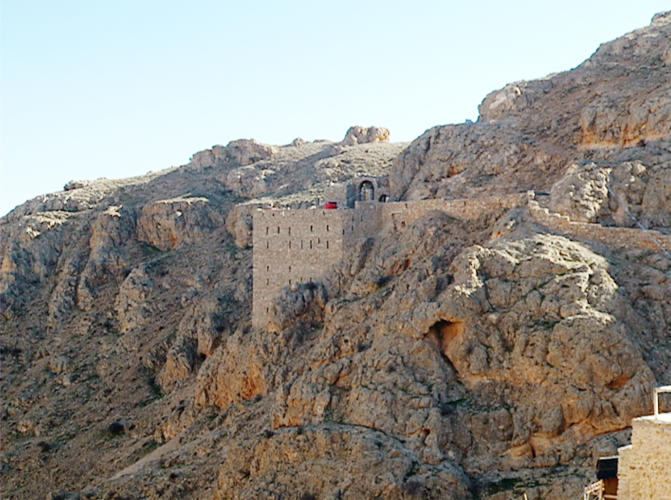
Fast Company , Read Full Story
(19)

